HISTORY
Yangambi has a long history of welcoming scientists and explorers interested in the Congo Basin.
From 1933 to 1962, it hosted the Africa headquaters of the continent’s most important research center for the study of tropical agriculture and forestry, the National Institute for Agronomic Study of the Belgian Congo (INEAC).
INEAC’s world-class facilities included a well-stocked library with more than 25,000 volumes; Central Africa’s largest herbarium with 125,000 specimens; rubber, oil palm, banana, and coffee experimental plots; and dedicated climatology, pedology, plant pathology, and entomology laboratories. In its heyday, Yangambi was home to about 700 scientists and technicians specialized in Central Africa’s rich biodiversity. 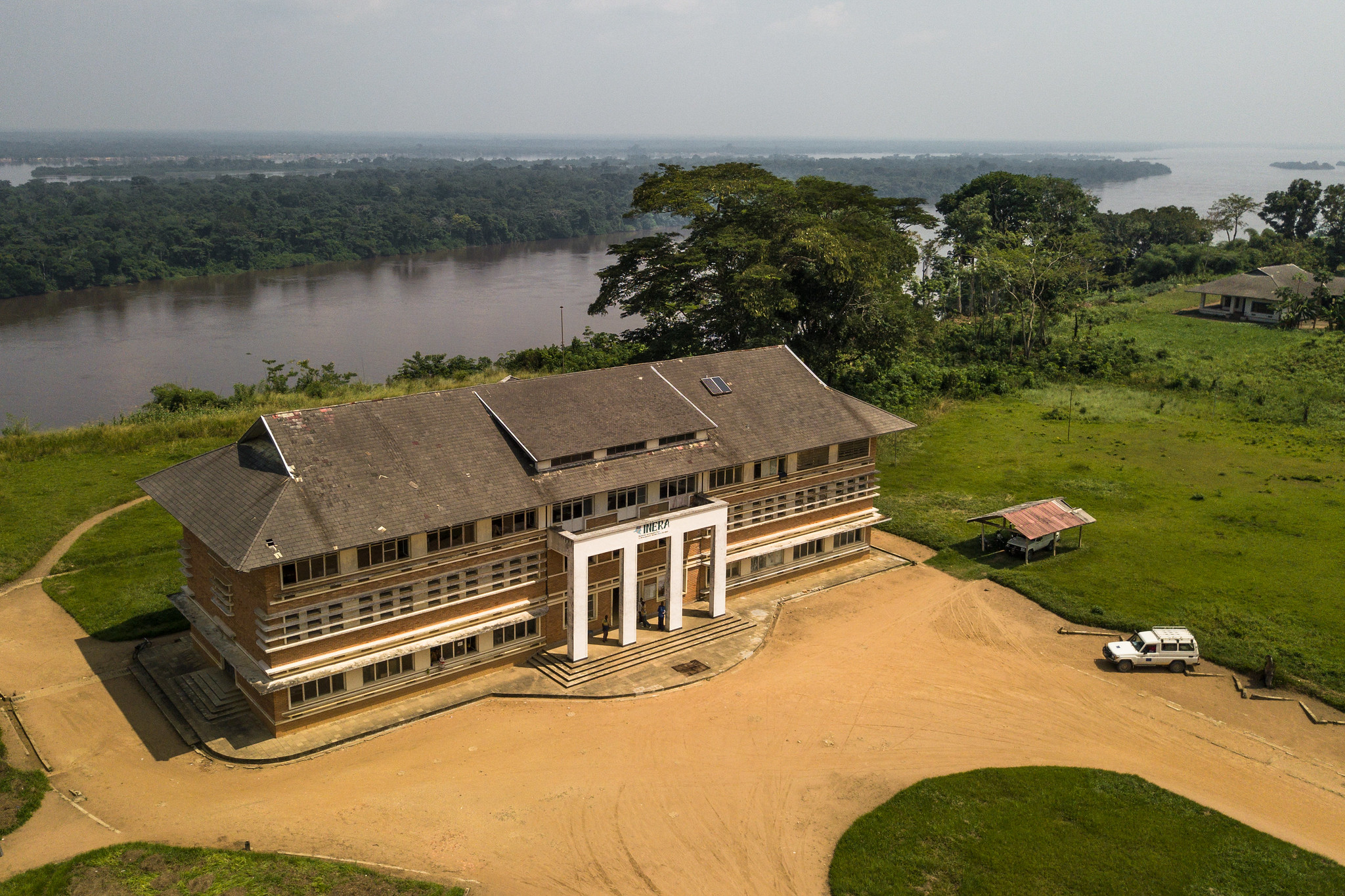
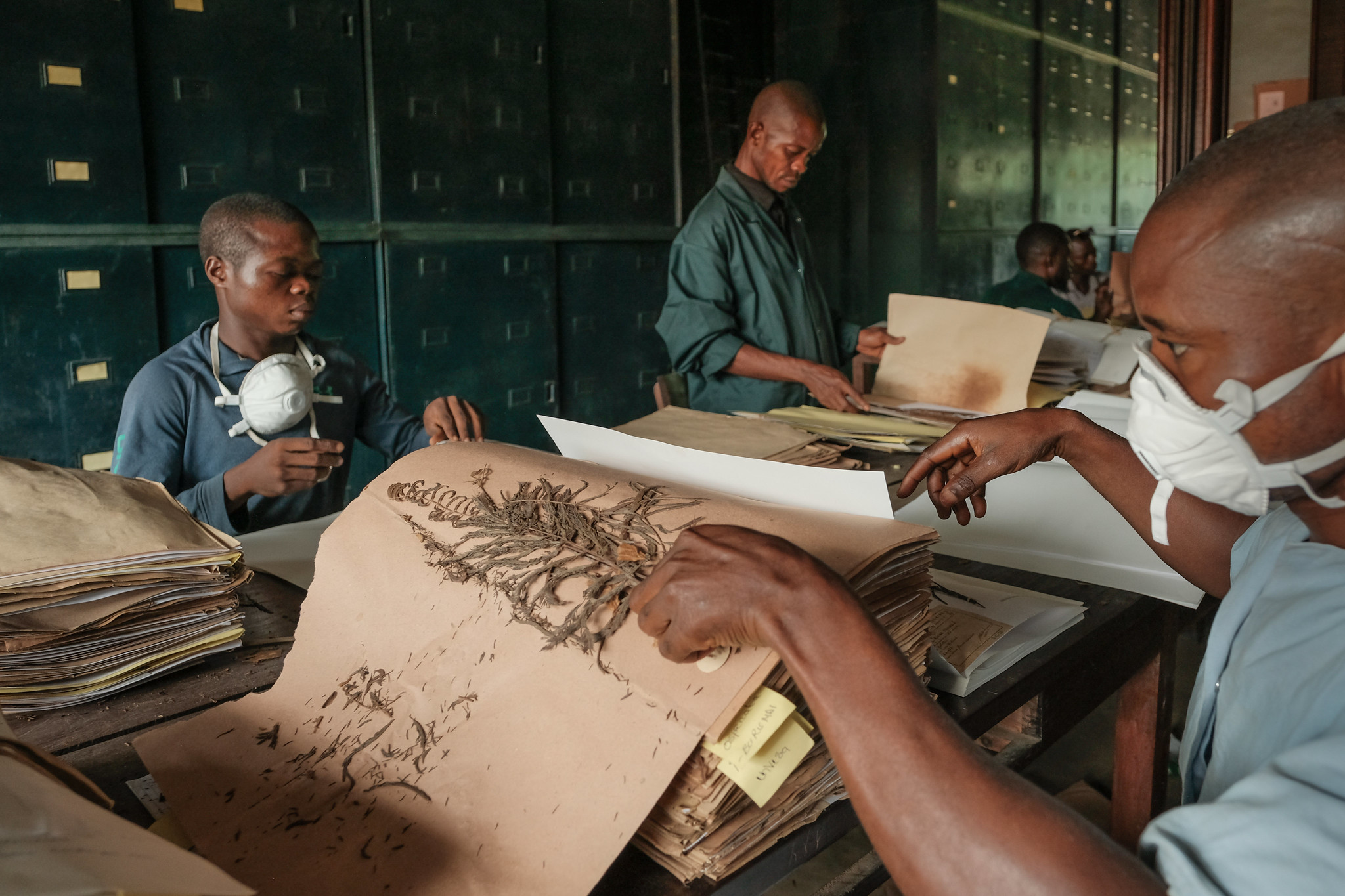
In 1970, INEAC became the National Institute for Agronomic Research (INERA), a governmental institution. But despite efforts by INERA to keep the center running, decades of political instability and budget cuts led to a gradual decrease in research activities.
However, Yangambi’s agronomic, climatic, biodiversity and edaphic knowledge remains highly relevant for current and future research on tropical forests and climate change. Archives include daily weather records, specific observations of seasonal changes in forest growth, botanic collections and detailed photographic documentation.
A modern forestry hub
In recent years, Congolese and international organizations such as the Center for International Forestry Research (CIFOR), the Africa Museum, the Meise Botanic Garden, the University of Kisangani and Ghent University, have partnered with INERA to relaunch research activities in the fields of wood biology, botany, silviculture, sustainable forest management, and more.
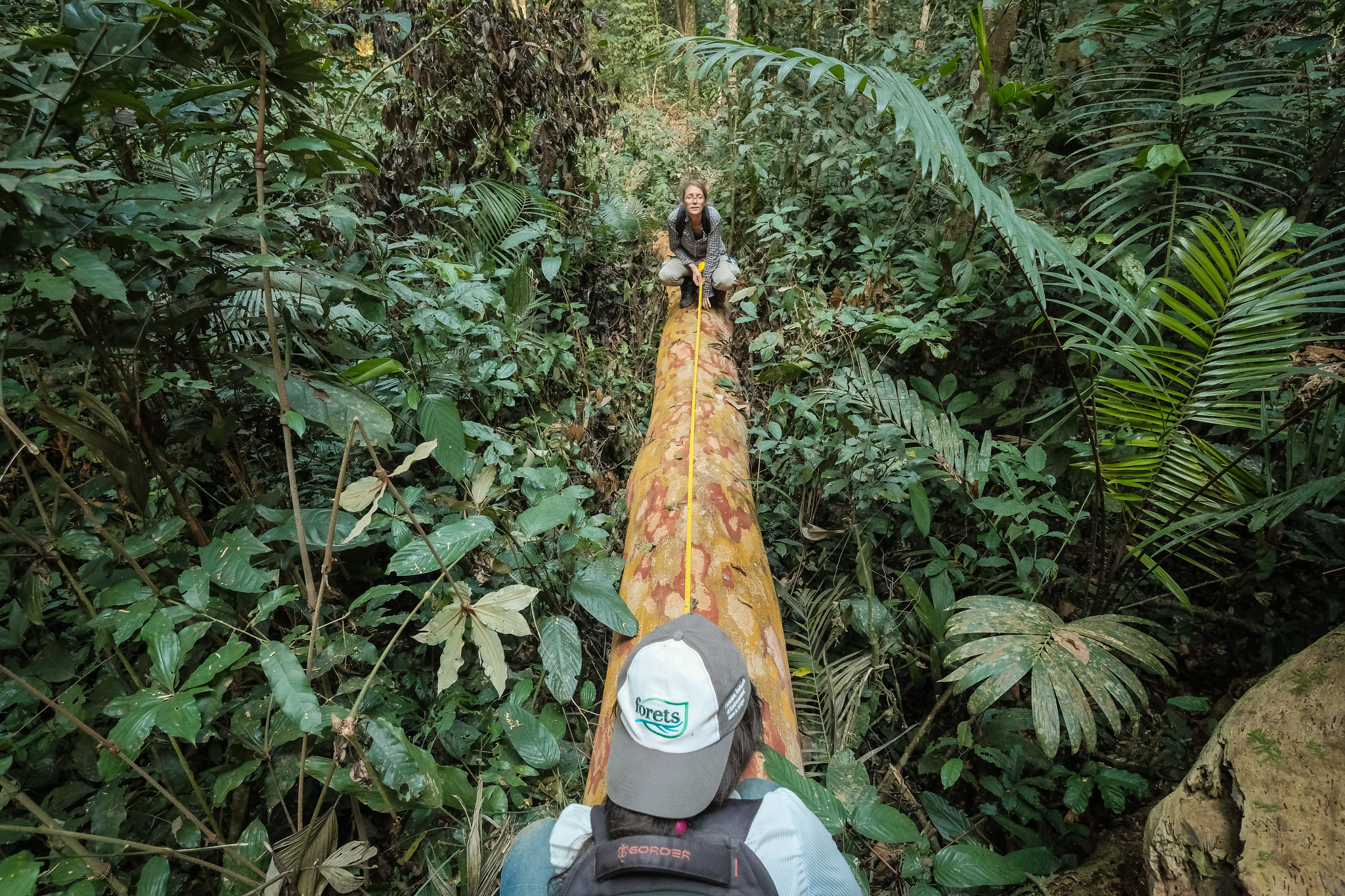
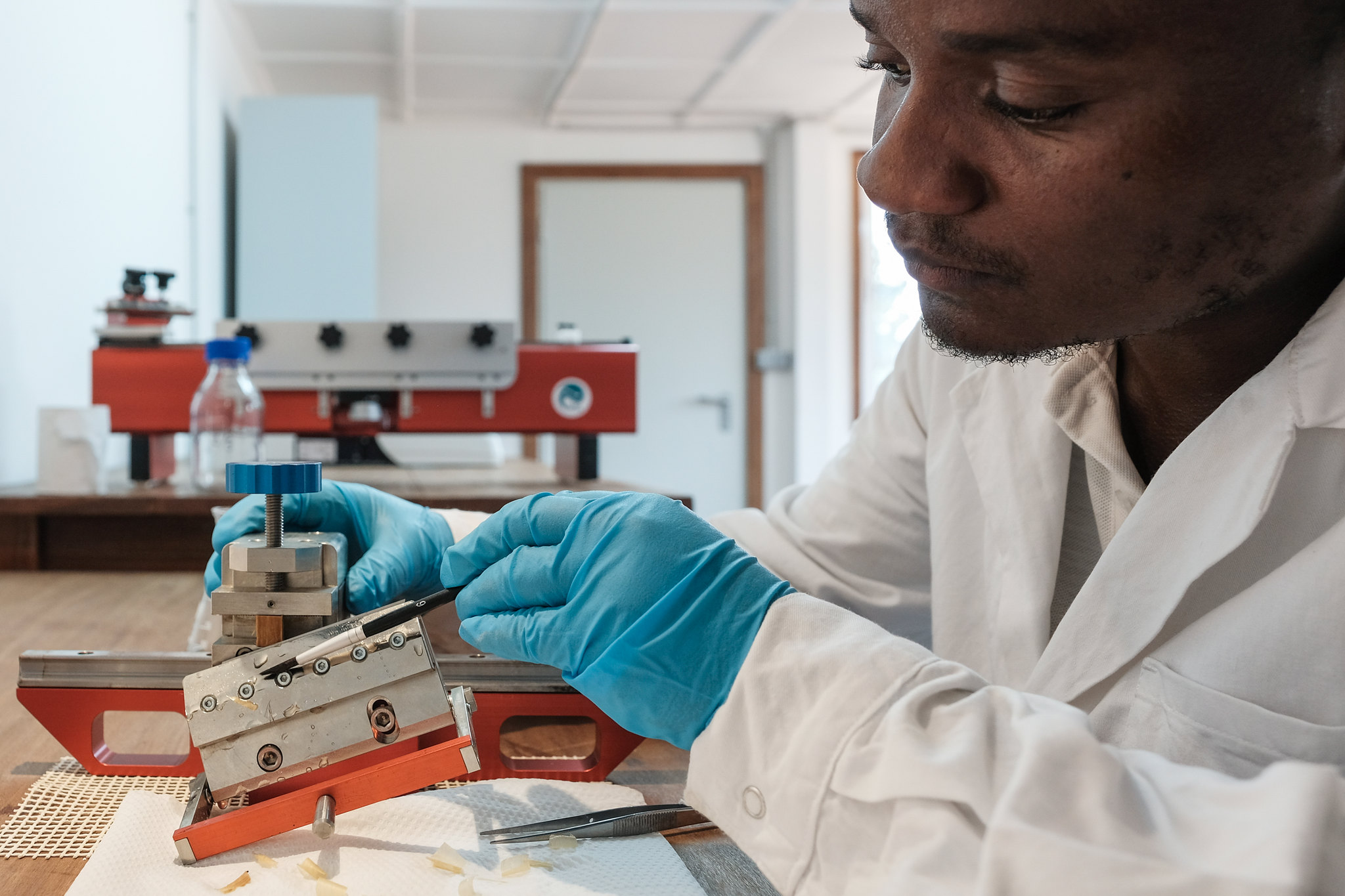
Funding from the European Union and Belgium has enabled the modernization of the center’s infrastructure and training of local specialists. For example, Yangambi now hosts sub-Saharan Africa’s first wood biology laboratory and the Congo Basin’s first eddy covariance flux tower, and the herbarium’s botanical collections are being updated and digitalized.
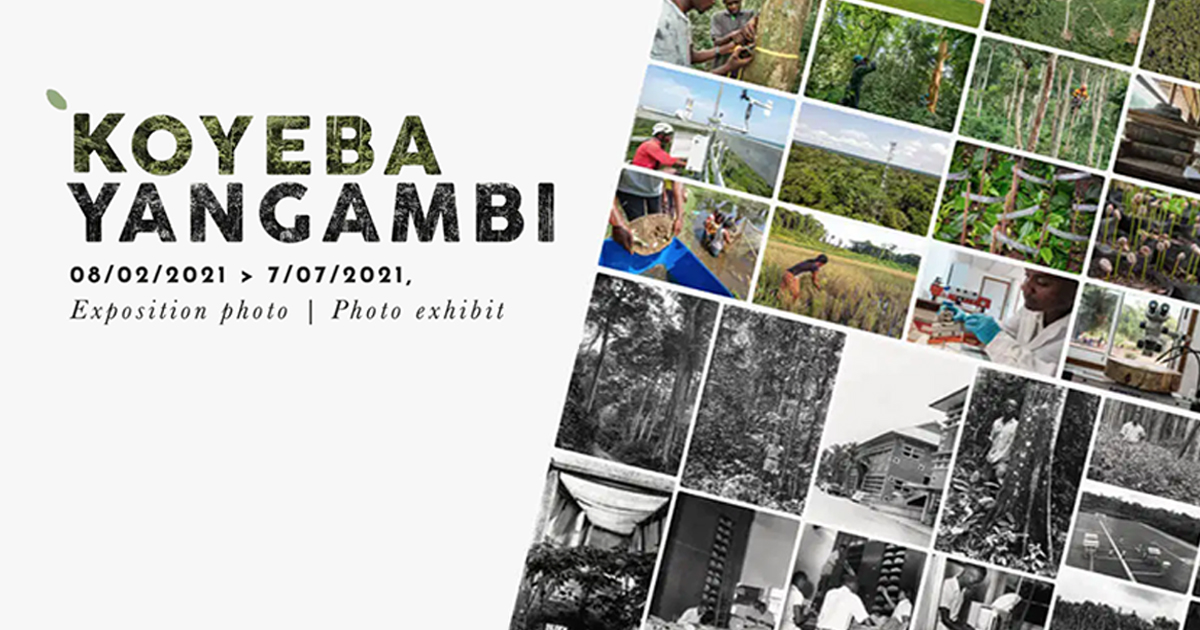
To learn more about the history of the Yangambi research station, visit the photography exhibit "Koyeba Yangambi".
